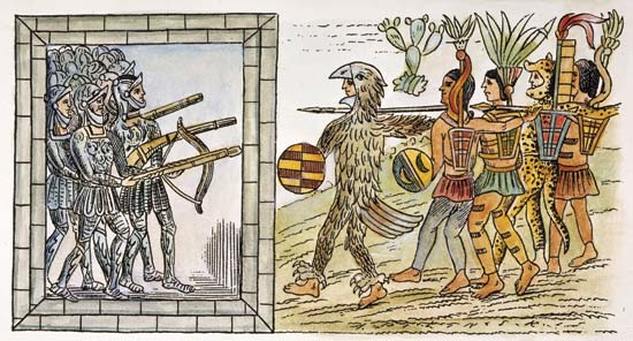|
Ask most people about climate change, and you will soon find that even the relatively informed make two big assumptions. First: the world’s climate was more or less stable until recently, and second: human actions started changing our climate with the advent of industrialization. If you have spent any time reading through this website, you will know that the first assumption is false. For millions of years, changes in Earth’s climate, driven by natural forces, have radically transformed the conditions for life on Earth. Admittedly, the most recent geological epoch – the Holocene – is defined, in part, by its relatively stable climate. Nevertheless, regional and even global climates have still changed quickly, and often dramatically, in ways that influenced societies long before the recent onset of global warming. Take, for example, the sixteenth century. Relative to early twentieth-century averages, the decades between 1530 and 1560 were relatively mild in much of the northern hemisphere. Yet, after 1565, average annual temperatures in the northern hemisphere fell to at least one degree Celsius below their early twentieth-century norms. Despite substantial interannual variations, temperatures remained generally cool until the aftermath of a bitterly cold “year without summer,” in 1628. Since the expansion of the glacier near Grindelwald, a Swiss town, was among the clearest signs of a chillier climate, these decades are collectively called the “Grindelwald Fluctuation.” It was one of the coldest periods in a generally cool climatic regime that is today known as the “Little Ice Age.”
0 Comments
Leave a Reply. |
EH@G BlogArticles written by students and faculty in environmental history at Georgetown University. Archives
May 2020
Categories |


 RSS Feed
RSS Feed